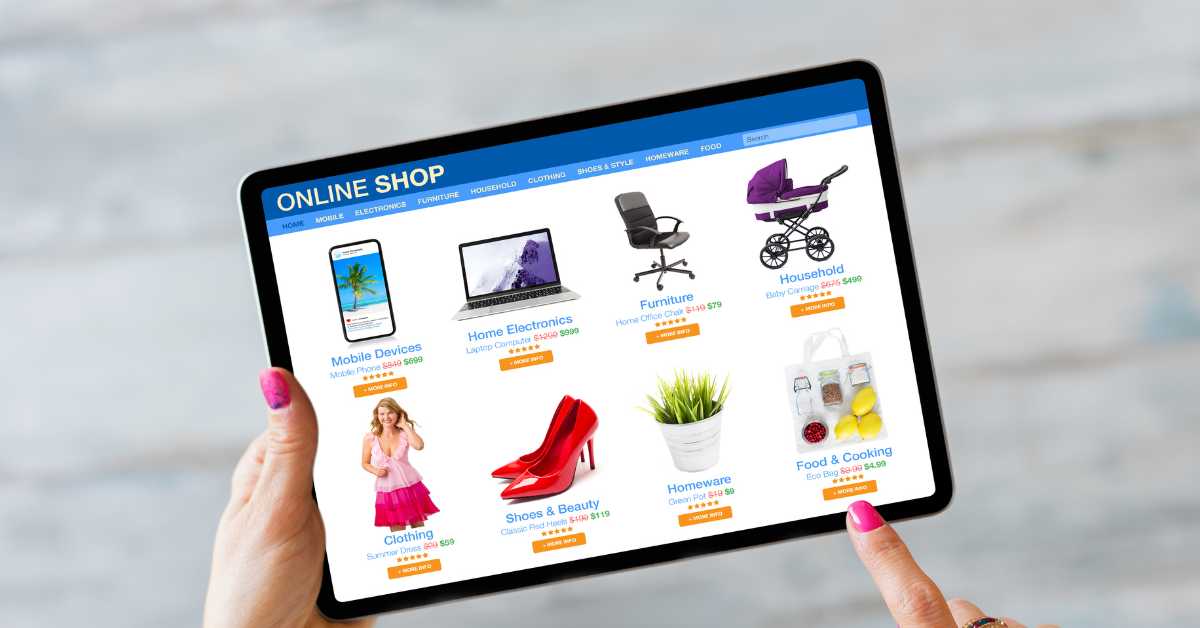In today’s competitive ecommerce landscape, product pages are more than just a catalog of items—they are a powerful sales engine that can either drive conversions or leave customers searching elsewhere.
Effective Product Page SEO is the key to ensuring your products are visible to search engines, making it easier for potential customers to find what you’re selling. By optimizing product pages for both SEO and user experience, you can improve your search rankings, attract motivated buyers, and ultimately increase conversions.
In this guide, we’ll walk you through 11 proven tips to optimize your ecommerce product pages for SEO, helping you outperform your competitors and dominate the SERPs.
1. Start with Comprehensive Keyword Research
Before optimizing your product pages, it’s essential to understand the keywords your target audience is searching for. This research helps you create content that ranks for high-intent search queries, ensuring your products are seen by people ready to buy.
How to Perform Keyword Research:
- Commercial & Transactional Keywords: Focus on keywords with buyer intent, like “best running shoes for flat feet” (commercial) or “buy running shoes online” (transactional).
- Long-Tail Keywords: Target more specific terms like “best eco-friendly running shoes for flat feet” to reduce competition and capture highly qualified traffic.
- Tools to Use: Use platforms like Ahrefs, Semrush, or Google Keyword Planner to discover high-volume keywords, assess their difficulty, and find long-tail opportunities.
2. Optimize Product Titles and Descriptions
Your product titles and descriptions are prime real estate for including keywords that improve SEO. However, they also play a key role in convincing users to click and buy.
Best Practices for Product Titles:
- Use H1 tags for product names to signal their importance to search engines.
- Include primary keywords in titles but make them concise and descriptive (e.g., “Nike Air Max 2024 – Lightweight Running Shoes”).
- Avoid keyword stuffing and keep the product title natural and user-friendly.
Product Descriptions:
- Incorporate keywords naturally and focus on features and benefits. For example, explain how the product solves a customer’s problem.
- Use short paragraphs and bullet points to improve readability.
- Avoid duplicate content—don’t copy manufacturer descriptions. Create unique content for each product page to improve search rankings and user engagement.
3. Enhance Title Tags and Meta Descriptions
Title tags and meta descriptions are the first things users see on search engine results pages (SERPs). They directly impact click-through rates (CTR), so make them engaging and informative.
Tips for Optimizing Title Tags:
- Keep title tags under 60 characters to prevent truncation in search results.
- Include primary keywords at the beginning of the title.
- Use action-oriented words like “Shop,” “Buy,” or “Get Free Shipping.”
Crafting Meta Descriptions:
- Meta descriptions should be under 160 characters and feature primary keywords.
- Use this space to highlight unique selling points (USPs), such as free shipping, discounts, or product guarantees.
- Include a call-to-action (CTA) like “Shop Now” or “Get Yours Today” to encourage clicks.
4. Structure URLs for Clarity and SEO
Well-structured URLs make it easier for search engines and users to understand your product pages, boosting both usability and rankings.
How to Optimize URLs:
- Keep URLs short and descriptive
- Use keywords in the URL but avoid keyword stuffing.
- Use hyphens instead of underscores to separate words.
- Ensure URLs reflect the hierarchy of your website, linking to categories and subcategories.
5. Include High-Quality Images and Videos
Visual content is critical to ecommerce success, but it also plays an important role in SEO.
Image Optimization:
- Use high-quality images and provide multiple views (e.g., front, side, back).
- Compress images to improve page load speed without sacrificing quality.
- Include descriptive alt text that features primary keywords (e.g., “Nike Air Max 2024 Men’s Running Shoes”).
Videos:
- Product demos and tutorials can increase time spent on the page, signaling engagement to search engines.
- Use platforms like YouTube to host videos and embed them on product pages to improve visibility and traffic.
6. Implement Structured Data for Rich Snippets
Structured data (schema markup) helps search engines understand the content on your product pages, leading to rich snippets in search results that display additional product details like price, ratings, and availability.
Benefits of Structured Data:
- Increases visibility with rich snippets, which can significantly boost click-through rates.
- Provides immediate product information to users, including pricing, ratings, and availability.
Types of Schema to Use:
- Product Schema: For details like price, availability, and SKU.
- Review Schema: To showcase customer reviews and ratings.
- Breadcrumb Schema: Helps users and search engines navigate your site’s hierarchy.
7. Leverage Customer Reviews and Ratings
Customer reviews not only build trust and social proof but also provide fresh content for search engines to index.
How to Use Reviews for SEO:
- Display star ratings and written reviews on your product pages.
- Encourage customers to leave detailed reviews that mention keywords organically.
- Use Review Schema to make reviews appear directly in search results, enhancing visibility.
8. Add an FAQ Section
Including an FAQ section on your product pages can help address common customer concerns while boosting SEO with additional keyword-rich content.
Benefits of an FAQ Section:
- Helps answer questions before customers ask, improving user experience and conversion rates.
- Increases keyword opportunities, especially for long-tail queries.
- Can be marked up with FAQ Schema to appear in Google’s People Also Ask section, improving search visibility.
9. Optimize for Mobile Devices
More than half of ecommerce traffic comes from mobile devices, making it essential to ensure your product pages are fully optimized for mobile users.
Mobile Optimization Tips:
- Use responsive design to ensure pages display correctly on all screen sizes.
- Compress images and reduce load times to minimize bounce rates.
- Implement large buttons and easy-to-read fonts to improve navigation on mobile devices.
10. Create Internal Links to Related Products
Internal linking helps search engines understand the relationship between different pages on your site and improves user experience by making navigation easier.
Internal Linking Best Practices:
- Link to related products (e.g., “Customers also bought”) to encourage cross-sells.
- Use descriptive anchor text that includes relevant keywords.
- Ensure product pages link back to category and subcategory pages to reinforce your site’s architecture.
11. Handle Out-of-Stock Products Strategically
Instead of deleting product pages for out-of-stock items, take steps to retain the SEO value those pages have built.
Best Practices for Out-of-Stock Pages:
- Keep the page live with a message indicating the product is temporarily unavailable and offer alternative suggestions.
- Enable back-in-stock notifications to keep users engaged.
- Use the availability tag in schema markup to let search engines know the product is out of stock without removing it from indexing.
Final Thoughts
By following these 11 SEO tips, you’ll not only boost the search visibility of your ecommerce product pages but also enhance user experience and drive more conversions. Remember, SEO is a long-term strategy—continually optimize and test your product pages to stay ahead of the competition.
By putting these practices into action, your product pages will climb the search rankings, attract highly motivated buyers, and help you outperform your competitors in the ever-growing world of ecommerce.



